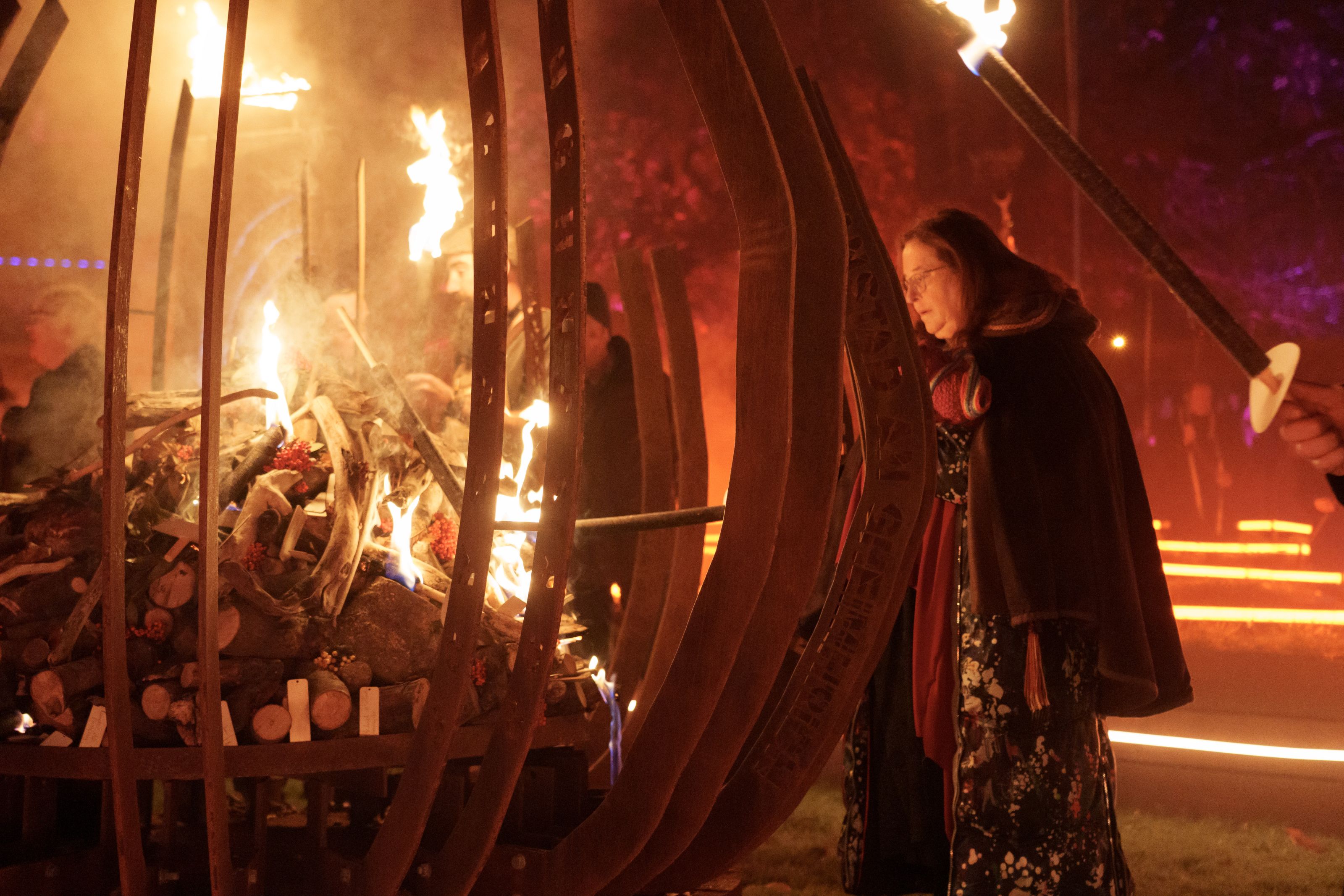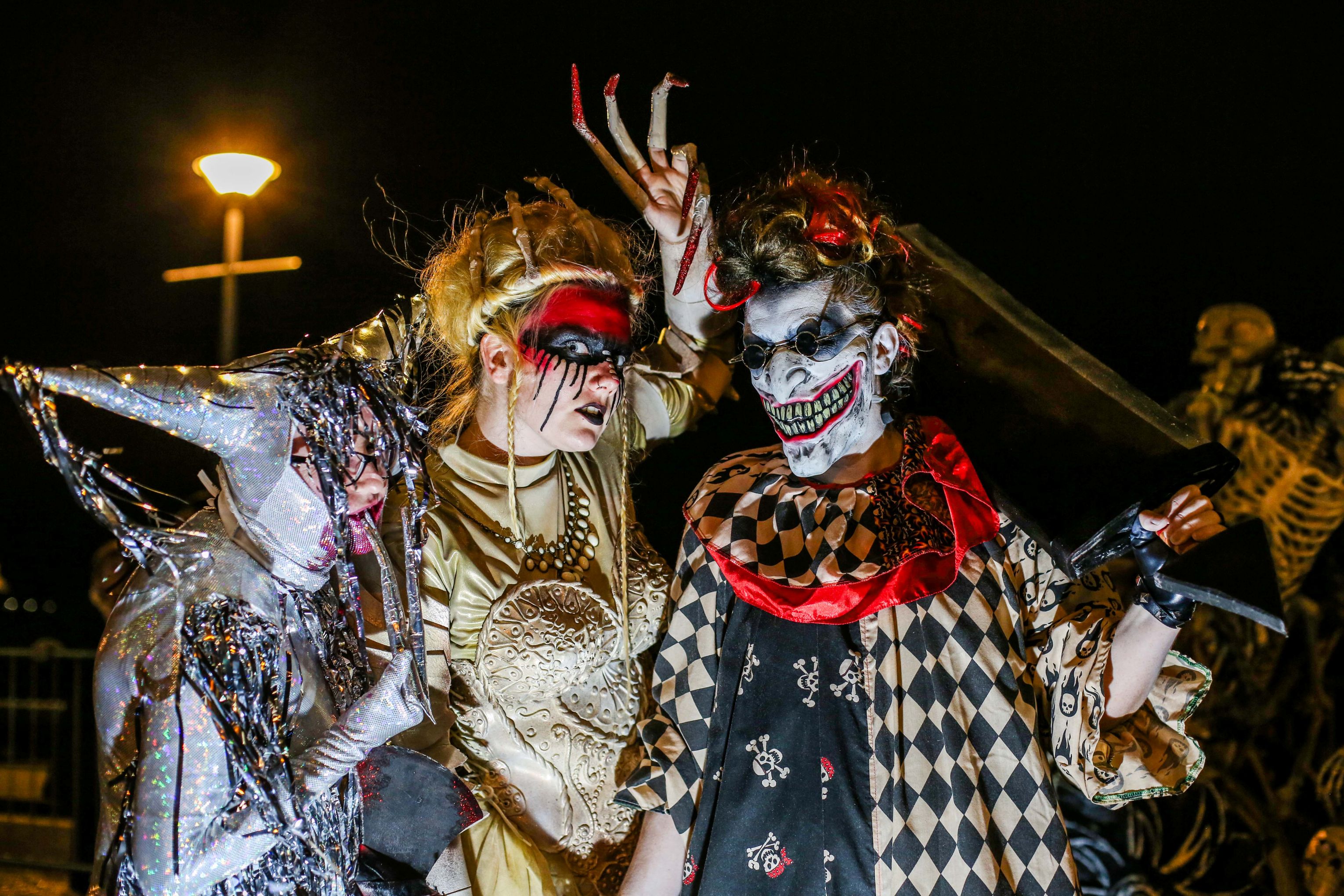Did you know? Six surprising facts about Halloween
db7088c4-55b8-4084-a9c6-f1a7652bda51.jpg?sfvrsn=e0649d_1)
1. Halloween began over 2,000 years ago in Ireland
It may be celebrated all over the world, but Ireland is the true home of Halloween. Over 2,000 years ago the ancient Celts gathered each autumn for the festival of Samhain (pronounced Sow-in), one of the four great Celtic fire festivals, to mark the end of the harvest season. It was believed to be the time when the veil between the living and spirit worlds was at its thinnest and that the dead could cross over and try to drag the living into the other realm. To honour the dead and protect themselves from evil spirits, candles and bonfires were lit and rituals performed.
Archaeologists have named specific sites on the island as having evidence of ritual burning associated with fire festivals. The Hill of Ward in County Meath, for example, is strongly associated with Samhain and is referenced in medieval manuscripts. But there is one place that claims to be the origin of Halloween, a small cave in County Roscommon that has been known for thousands of years as the Gate to Hell. Oweynagat cave is part of Rathcroghan, an extensive Iron Age site that was an ancient royal settlement. It was believed that the cave is a direct link to the underworld.
2. The first jack-o’-lanterns were carved from turnips, not pumpkins
The custom of carving out demonic faces on pumpkins began in Ireland at the festival of Samhain as one of the ways the ancient Celts sought to protect themselves from the marauding spirits that had crossed over from the land of the dead. The more fearsome the face, the more afraid the spirits would be. Originally turnips were used but when Irish emigrants took the custom to America they found that turnips were in short supply, so pumpkins were used instead. The custom of using pumpkins has now made its way back to Ireland!
The name Jack O’ Lantern stems from an old Irish folk tale about Jack, a lazy Irish blacksmith who tries to trick the devil, or in some versions meets an angel in disguise who grants him three wishes. Either way he ends up getting barred from heaven and hell and is doomed to walk the earth with only a flame from hell to light his way. So Jack carves a lantern out of a turnip to guide his way as he wanders the Earth for all time.
3. The custom of wearing costumes at Samhain/Halloween was to confuse the spirits
The ancient Celts weren’t taking any chances and as well as carving faces on turnips they would don masks and costumes to confuse the spirits from the other world and escape being captured. They would often try to look scary so that they might be mistaken for an evil spirit and left alone. So began the custom of dressing up as ghosts, skeletons, witches and other spooky characters that is an intrinsic part of modern-day Halloween celebrations.
 Samhain Fires Ceremony
Samhain Fires Ceremony
4. Trick-or-treating comes from the medieval custom of ‘souling’
The ancient Celts would leave food and drink outside their homes during Samhain to appease the wandering souls. This is the earliest source of the Halloween custom of giving out treats. However, it is more likely to be the medieval custom of ‘souling’ that eventually became trick-or treating. This documented custom saw the poor go around the homes of the wealthy to beg for food in return for saying prayers for their dead. Over centuries it evolved into children dressing up and going around houses to sing, recite poetry or even perform a trick in exchange for a treat.
5. Many popular Halloween characters have Irish origins
The Irish have always loved a good ghost story and some of the best-known spooky characters come from Irish tales. The Dullahan, a headless horseman from the otherworld who carried his own skull, is considered to be the inspiration for The Legend of Sleepy Hollow and other incarnations of this fearsome figure in literature. And of course, the wailing banshee (from the Irish bean (woman) and sidhe (of the fairies)) famously heralds the death of a family member with a ghostly wailing. One of literature’s most terrifying figures – Count Dracula – was the brainchild of Irish author Bram Stoker who weaved Gothic themes of death, famine, and the supernatural into his narrative.
6. Europe’s biggest Halloween festival is in Derry~Londonderry
The historic walled city of Derry~Londonderry stages Europe’s largest Halloween festival running over four days. Combining ancient Samhain customs with modern Halloween twists, the festival presents fabulous street entertainment, including the colourful Carnival Parade, and the spine-tingling Awakening the Walls City Trail as well as a host of ghostly goings-on. With 120,000 visitors descending on the city during the festival, many in fancy dress, this awesome fright fest should be on everyone’s bucket list.
